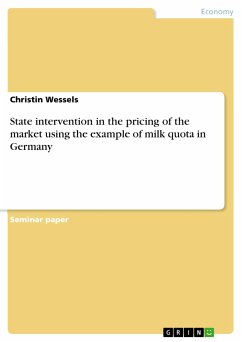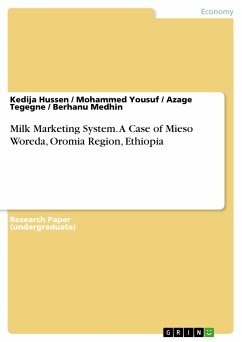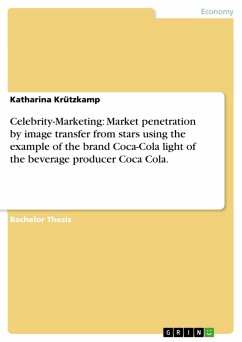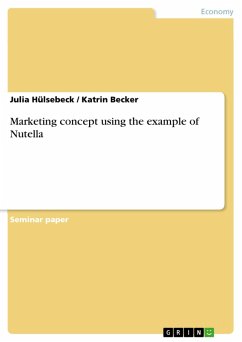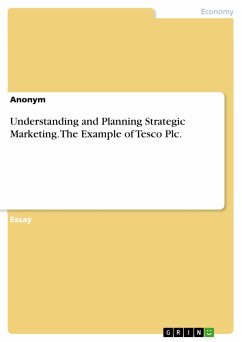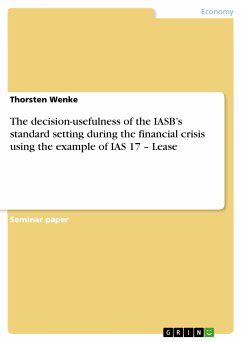Seminar paper from the year 2016 in the subject Business economics - Offline Marketing and Online Marketing, grade: 1,3, University of applied sciences Dortmund, language: English, abstract: Every person as a member of a national economy gets into contact with economizing things, starting with the purchase of food at the supermarket, the weekly visit of the cinema up to accepting and practicing a profession. These activities have one in common: The goods, which are treated, are traded at markets and are determined by supply and demand. At the same time, we influence the prices by our own images. If we accept a job offer, the conditions are important for us, if we buy food, we are only pay as much as we are willing to pay. With our actions we are part of the economy and the economy is part of our life (see Hartmann 2015, p. 13). The markets adjust themselves but without taking into account vulnerable groups of the population. To compensate the disadvantage of these groups, the government uses different mechanisms (see Mankiw et al. 2012, p.142 ff.). Which mechanisms the government use and what they cause, will be shown in the present assignment using the example of the milk quota. To achieve this, the methodology of the present assignment is described first, before the theory of supply and demand is explained. The equilibrium of both dimensions is expounded and afterwards the possibilities of the government to influence the equilibrium of demand and supply are explained. In the fourth chapter the milk quota is introduced as a state intervention to regulate the market. In addition it is explained, why there was the need of a milk quota, how it functioned and the advantages and disadvantages of the quota are shown. Finally state interventions in the market at the example of the milk rate will be discussed and an outlook will be given.
Dieser Download kann aus rechtlichen Gründen nur mit Rechnungsadresse in A, B, BG, CY, CZ, D, DK, EW, E, FIN, F, GR, HR, H, IRL, I, LT, L, LR, M, NL, PL, P, R, S, SLO, SK ausgeliefert werden.

